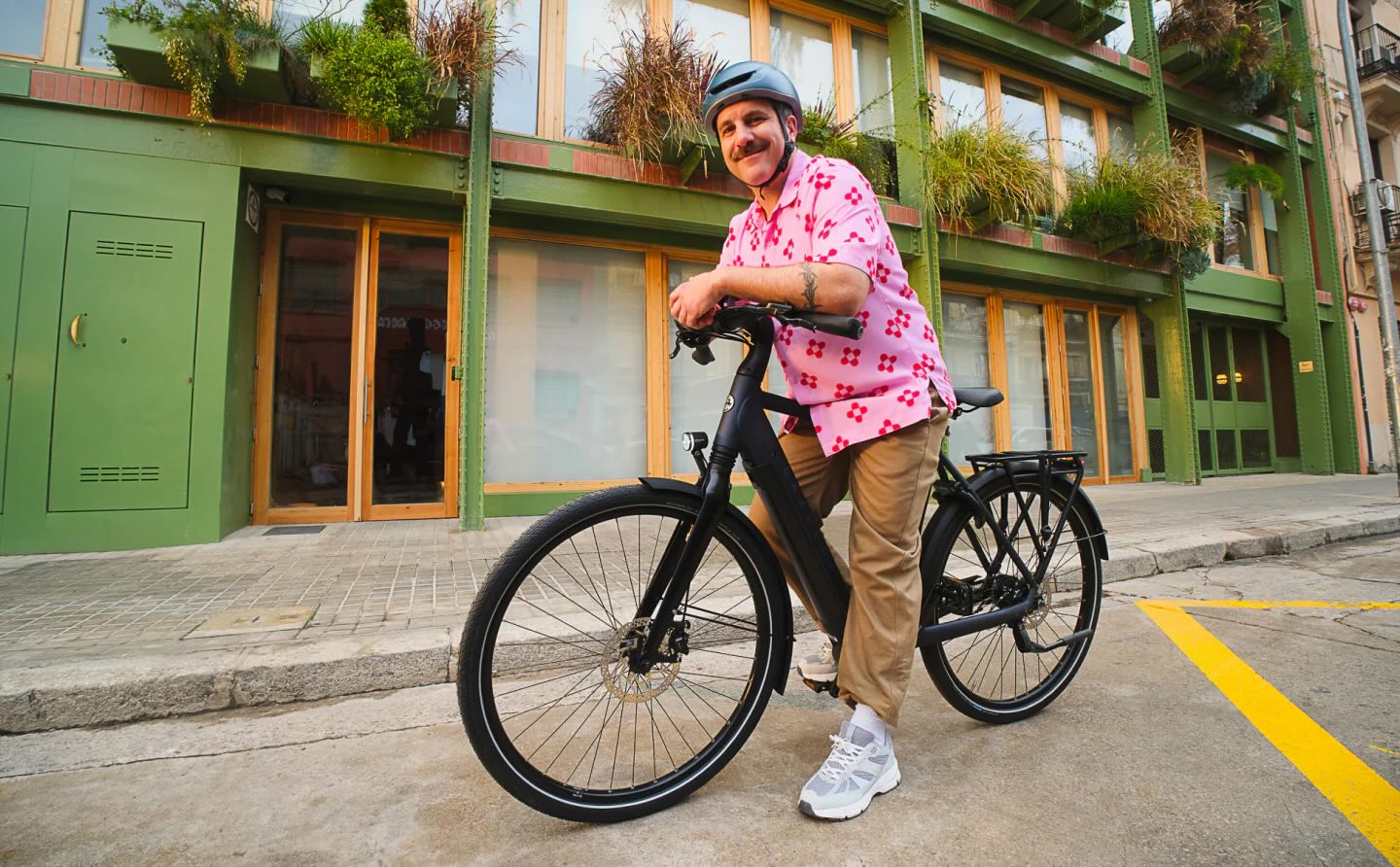A new study found that it took only weeks for microplastics to make their way into the brain tissues of mice, raising concerns about what that could mean for human health.
What's happening?
As detailed by Newsweek, researchers exposed a set of mice to microplastics in drinking water, and they found that the tiny particles had migrated from their guts into liver, kidney, and brain tissues in as little as four weeks.
"We could detect microplastics in certain tissues after the exposure," University of New Mexico associate professor Eliseo Castillo, one of the study's authors, told the outlet. "That tells us it can cross the intestinal barrier and infiltrate into other tissues."
The findings, published in the journal Environmental Health Perspectives, also revealed that researchers discovered "metabolic differences" in the colons, livers, and brains of the animals.
Why is this concerning?
Mice typically live for only a few years, so the fact that differences were evident after such a short period of time set off alarm bells. According to Newsweek, the lab mice were exposed to equivalent concentrations that humans experience in their drinking water on a daily basis.
"Think about how that equates to humans, if we're exposed from birth to old age," Castillo told the news outlet.
Researchers haven't drawn definite conclusions about the impacts of microplastics on our health, but they have been linked to a range of problems, including cancer, dementia, reproductive issues, and anxiety.
These tiny particles, which are less than five millimeters in length, have been found just about everywhere — even in the air we breathe.
What can be done about harmful microplastics?
Researchers believe that their latest findings could provide a roadmap to understanding the impact of exposure to mixed microplastics. In turn, this could lead to valuable insights to identify potential risks to our health.
"At the end of the day, the research we are trying to do aims to find out how this is impacting gut health," Castillo told Newsweek. "If you don't have a healthy gut, it affects the brain, it affects the liver and so many other tissues. … that chronic exposure could lead to systemic effects."
TCD Picks » Upway Spotlight
💡Upway makes it easy to find discounts of up to 60% on premium e-bike brands
Scientists are also developing ways to remove microplastics from drinking water.
A team at Tarleton State University found that molecules in certain plants show promise as a solution, while researchers at the Indian Institute of Science created a hydrogel to eliminate more than 90% of polyvinyl chloride and polypropylene particles.
Switching to plastic-free alternatives for common household products can also help limit your exposure to toxins. This year, Tide released a laundry detergent that doesn't come in plastic packaging. Silicone food storage containers and metal razors are other options as well.
Join our free newsletter for weekly updates on the coolest innovations improving our lives and saving our planet.














